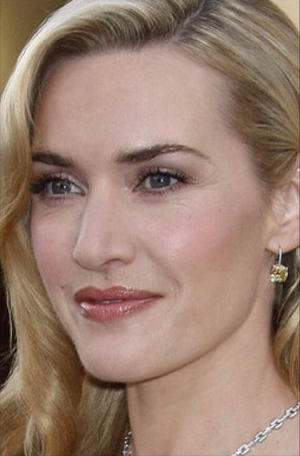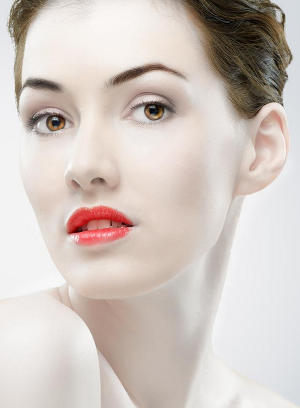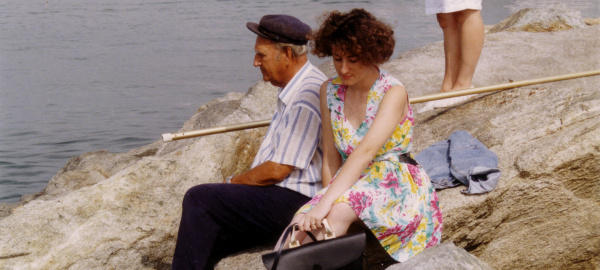What is "image modification"?
This is when we wish to change the content of a phototograph.
Typically, these techniques will be used to remove an un-sightly object
OR
... an object will be modified to such an extent, that it no longer reflects true life (eg. modelling & publicity images).
Removing unsightly objects
In the context of family photos the photograph will have captured a particularly good scene, only that an object, or person is spoiling the picture.
Below is a perfect example:
Removing the "legs"
The first task is to convert all the pixels, that contain the colours of the legs, to white (see Part 1.)
The surrounding pixels, are then copied into the white area, to match the natural flow of the background
Et voila!

"Grandad and I" (no "photo-bomb" legs)
Note: The colours were also lifted slightly
Is it viable for general photo restoration?
It is viable given that only a very small number of pictures will require this form of processing.
The most likely area of use, will be in removing an un-welcome individual from an important scene.
In the next example, we do just that
Taken on the shores of Lake Turkana in northern Kenya; this local boy wanted to be in the picture:

"Lake Turkana Girls" (and boy!)
Circa 1985 - Canon AE1 - colour problems
Should he be removed?
For my own collection, I will leave him in... I like his cheeky smile.
Perhaps more importantly, I should remove the awful corrugated iron sheets (to the left).
However, in this example, he is edited out:
Gone... as if he was never there!

"Lake Turkana Girls"
Colour problems rectified
Eliminating Colour haze
Most old colour photographs are subject to some degree of colour hazing - it is always the first layer to be removed, when restoring the image.
Loss of focus is another problem that afflicts all old photographs - a slight blurring of the edges.
Focus can be tightened, but only to a limited extent.
Over sharpening the photograph can lead to an artificial appearance.
In the next examples, we look at image manipulation that forgets all pretense of reality....
Image modification - beyond reality
Is this Kate Winslet?

"Yes - Kate Winslet"

"Hmmm! Not really"
When the image editor has had a long lunch...
... this is what can happen.
The graphic artist was not even satisfied with the colour of Kates eyes!... easy... change the colour.
One of Vogue's failures.
If they wanted a porcelain look...
This is how it should be done:

"The Porcelain Look"
Part 4. Image Reconstruction
Services & Tariffs
